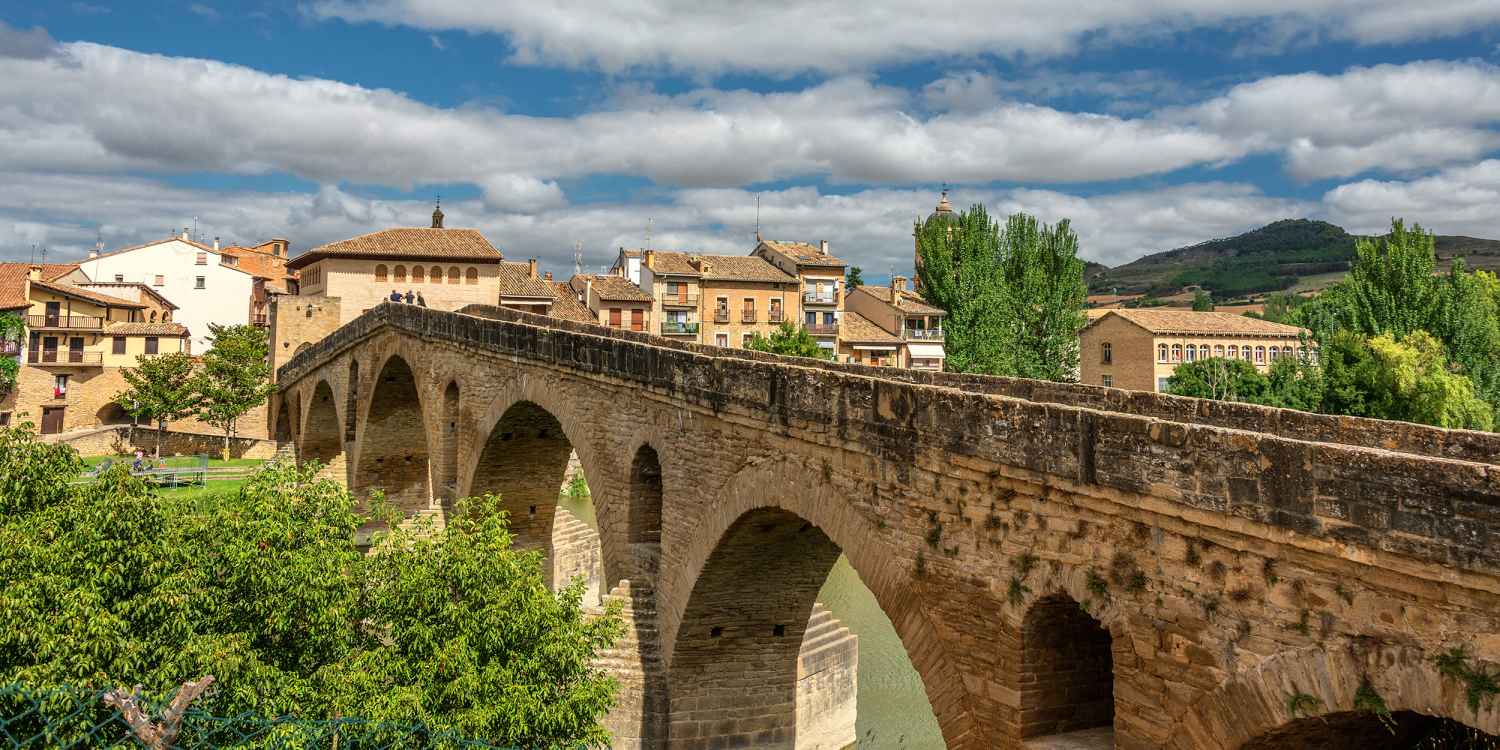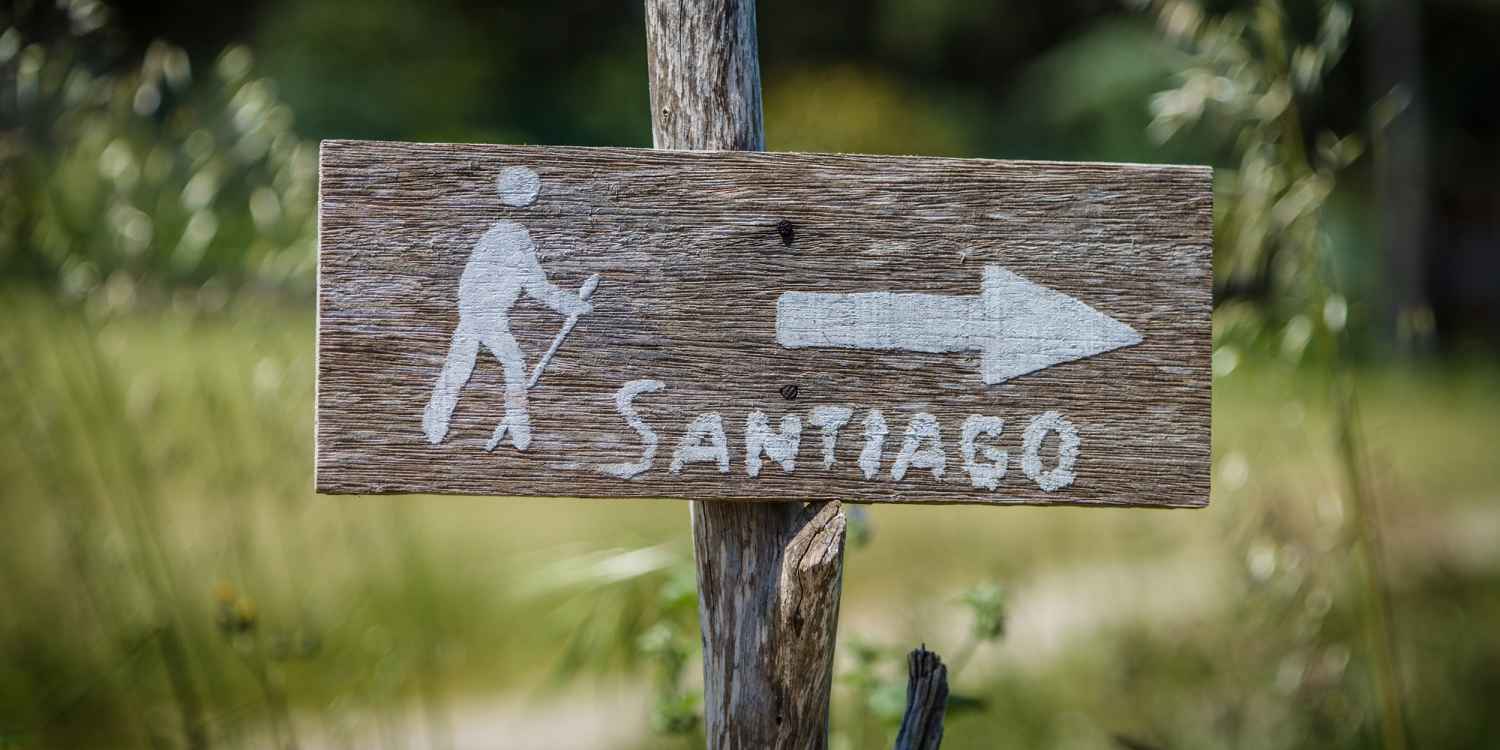Public or church-run pilgrims’ hostels are typical for the Camino Francés and are located directly on the trail. The prerequisite for access to these inexpensive lodgings (€5 to €8) is the presentation of a valid pilgrim’s passport. However, the stay is limited to one night, advance booking is not possible, and the “first come, first serve” rule applies. But there are also a lot of hotels that cater specifically to pilgrims.
The hostels usually open between 2 and 4 p.m., lights out from 10 p.m. They generally offer very basic, large mixed dormitories with bunk beds as sleeping quarters.
Furnishings: The dorm furnishings are spartan, with bare mattresses on the bunks. Blankets and bed linen are only available on request, if at all, so it is essential to bring your own sleeping bag with you. It is also good to have a headlamp or torch, not to forget earplugs.
Safety in the hostels: Even on a pilgrimage, it is advisable to maintain a healthy cautiousness and not to become too careless.
A valuables bag for all items that should not be left unattended at any time is an absolute must. You can take this bag with you everywhere you go, whether to the kitchen or the bathroom, and stow it next to your body in your sleeping bag at night. An anti-theft backpack protector that can be secured with a combination lock is also a useful piece of equipment.
Protection against bugs: Bed bugs are a problem that affect almost all types of accommodation, including hotels, from time to time. The risk of coming across them cannot be completely eliminated, but you can reduce it considerably. Here are some tips:
– Take precautions: Spray your sleeping bag with an insecticide containing the active ingredient permethrin before beginning your journey. It remains effective for up to four weeks.
– Check the bed for bugs: Bed bugs are nocturnal and like to hide in cracks, so they are very difficult to detect. Their droppings – small black dots on the mattress or clustered near their hiding place – are warning signs.
– Prevent spreading: Never place backpacks on the bed or against rough, cracked walls.
Self-catering: The traditional hostels on the Way of St. James have communal kitchens. However, they often lack kitchen tools and crockery, so you should limit yourself to simple dishes. It is best to take your own eating utensils with you, such as cutlery, a pocket knife, a large mug and a small plastic cutting board that can be used as a substitute for a plate if necessary.
Extras:
It is in the main pilgrimage season, when accommodation becomes scarce, that the warmth of the local people’s “heart for pilgrims” can be truly felt. Emergency accommodation of all kinds is made available: sometimes the local fire brigade offers its community room, private people their garden shed, or the surf school its storage rooms.
“There never was a pilgrim who did not return to his village with one prejudice less and one new idea more.”
– Thomas Morus, statesman and humanist –




